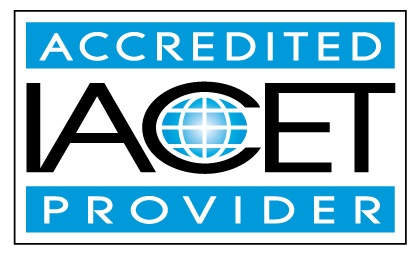Description
As technology advances and evolves, the power wheelchair is no longer just a means of mobility, but a hub of technology capable of organizing multiple devices to improve function. Power wheelchair manufacturers are readily incorporating technology that allows clients with limited mobility to control their phones, tablets, computers, and environments via the wheelchair drive system.
Although forms of this technology have been available for years (Cook & Polgar, 2015), the setup and application of these features are rarely employed. This underutilization is often due to a lack of education, awareness, and/or comfort with the technology by clinicians and Assistive Technology Practitioners. It is important for practitioners to learn how manufacturers have made this technology user friendly, how to gain confidence in understanding what features are available, and the timing associated with how to introduce these features to clients.
This article will outline the assistive technologies integrated in the power wheelchair electronics and highlight the unique features of four wheelchair manufacturers: Invacare, Permobil, Quantum, and Sunrise Medical. Education will be provided on how the technologies interact with mobile devices, pair with computers, and how they can be used to control the environment. Basic knowledge of strategies for setting up and using wheelchair based assistive technologies will be reviewed. The goal is to improve the understanding of power wheelchair assistive technologies which will translate into better outcomes, increase client independence, enhance occupational performance, and improve overall satisfaction experienced by the individual.
Learning Outcomes:
The participant will be able to define three assistive technology features available on power wheelchairs.
The participant will be able to identify three types of switches and their appropriate use.
The participant will be able to identify at least one assistive technology feature that is unique to each manufacturer’s power wheelchairs.
Jill Baldessari has 35 years of experience in Occupational Therapy. She has directed the Assistive Technology Lab at Craig Hospital for the past 15 years and achieved her Assistive Technology Professional (ATP) credentials in 2008. Jill has extensive experience with the spinal cord population, connecting and reconnecting patients to Assistive Technology. She has a special interest in the areas of assistive technology solutions in the workplace and assistive technologies with power wheelchairs. She has presented on these topics at multiple conferences, both nationally and internationally.
Leah Barid is an Occupational Therapist and Assistive Technology Specialist at the Shepherd Center in Atlanta, Georgia. Throughout her OT career, she has focused primarily on treating clients with spinal cord injuries and other neurological conditions. Leah has over 17 years of experience working across the entire rehabilitation continuum. Since specializing in Assistive Technology, Leah has taken particular interest in integrated wheelchair technologies. She has presented on this topic at various national and international conferences.


